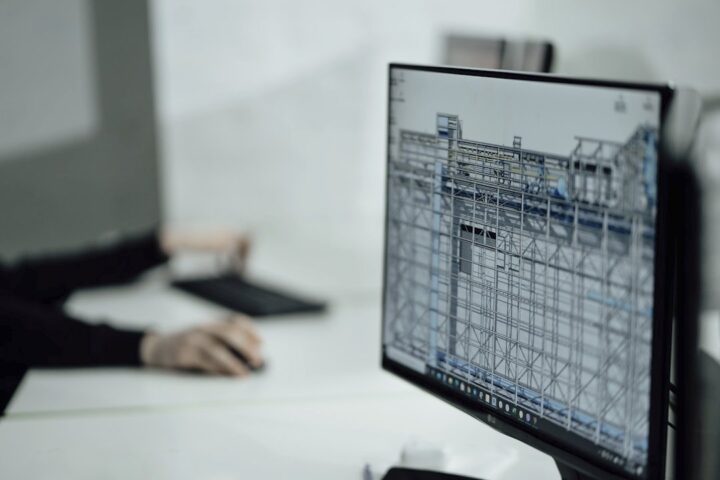Tips for Turning an Old Facility Into a Modern Office Space
Transforming an old facility into a modern office space can be rewarding. It provides a fresh environment for employees and optimizes the space for productivity.
It’s essential to approach the project with a strategic mindset to ensure the space is not only aesthetically appealing but also functional and safe. Below, we will explore the key construction, safety, and design considerations when turning an old facility into a modern office space.
Construction Considerations for Renovating Your Facility

When renovating an old facility, construction considerations are among the priorities to address. A thorough structural assessment is crucial to determine if the building’s foundation, walls, and roof are sound enough to support the planned renovations. For significant changes, it may be necessary to reinforce certain structural elements, such as adding support beams or improving insulation for better energy efficiency.
The next step is to plan for necessary plumbing, electrical, and HVAC updates. Old facilities often have outdated wiring or plumbing that might not meet the demands of modern office technology or equipment. To address this, hiring qualified professionals who can handle the required technical upgrades is wise. You can Google “commercial construction electrical services in PA” to find local specialists for these essential services.
One important aspect of the renovation is compliance with local building codes and regulations. These codes dictate the standards for safety, accessibility, and energy efficiency, ensuring that the building meets the minimum legal requirements. Hiring an experienced contractor familiar with these codes can help avoid costly mistakes and ensure the project is completed on time.
Proper planning for the construction timeline is vital to avoid delays and cost overruns. Old buildings often present unexpected challenges, from hidden structural issues to outdated infrastructure that needs replacement. Working with a reputable contractor who can manage the project efficiently will help keep things on track and prevent delays.
Ensuring Workplace Safety During the Transformation
Workplace safety must be a top priority during any facility renovation. When transforming an old building, assessing the current safety features and making necessary upgrades is important. Older buildings may lack modern fire safety systems, such as sprinklers and alarms, which are crucial for preventing major accidents.
Additionally, proper ventilation and air quality must be considered to create a healthy working environment. Renovating an old facility can stir up dust, mold, and allergens, impacting air quality. Installing advanced filtration systems or improving air circulation can help reduce the risk of health issues for employees. You can search online for “fire systems in NJ” to find specialists who can assist with these systems.
Structural improvements should also focus on safety in the event of an emergency. This includes ensuring clear evacuation routes, visible exit signs, and emergency lighting. An office space designed for safety should allow employees to exit the building quickly and easily in case of any hazards.
Consider including security features as part of the renovation process. Upgrading security systems, including surveillance cameras, alarm systems, and controlled access points, can help protect the building and employees. A well-secured office space is safer and fosters a more comfortable environment for those working there.
Design Strategies for Creating a Functional and Modern Office Space
Designing a modern office space involves blending aesthetics with functionality to create an environment that supports productivity and collaboration. One of the first steps is to assess the layout and determine how to maximize space. Open-plan designs are increasingly popular for fostering collaboration, but including private spaces for focused work is important.
Next, prioritize modern furnishings and equipment to promote a comfortable and efficient workspace. Invest in ergonomic furniture that supports employee well-being and productivity. Adjustable desks, ergonomic chairs, and proper lighting can significantly enhance comfort and reduce the risk of workplace injuries, ensuring that employees can work efficiently without discomfort.
Lighting is another crucial aspect of office design. Natural light is ideal, so it’s beneficial to include windows or glass partitions that allow sunlight to penetrate the space. Where natural light is limited, consider energy-efficient artificial lighting options that can be adjusted for brightness and color temperature to suit different activities.
Incorporate branding and design elements that reflect the company’s culture. This could include a distinctive color palette, artwork, or custom-designed furniture that reinforces the company’s identity. A thoughtfully designed office space doesn’t just look good; it also boosts employee morale and enhances the overall work environment.
Overall, transforming an old facility into a modern office space requires a careful balance of construction, safety, and design considerations to create a functional and appealing environment. By addressing these key factors, businesses can provide employees with a productive and safe workplace that aligns with the company’s vision.


